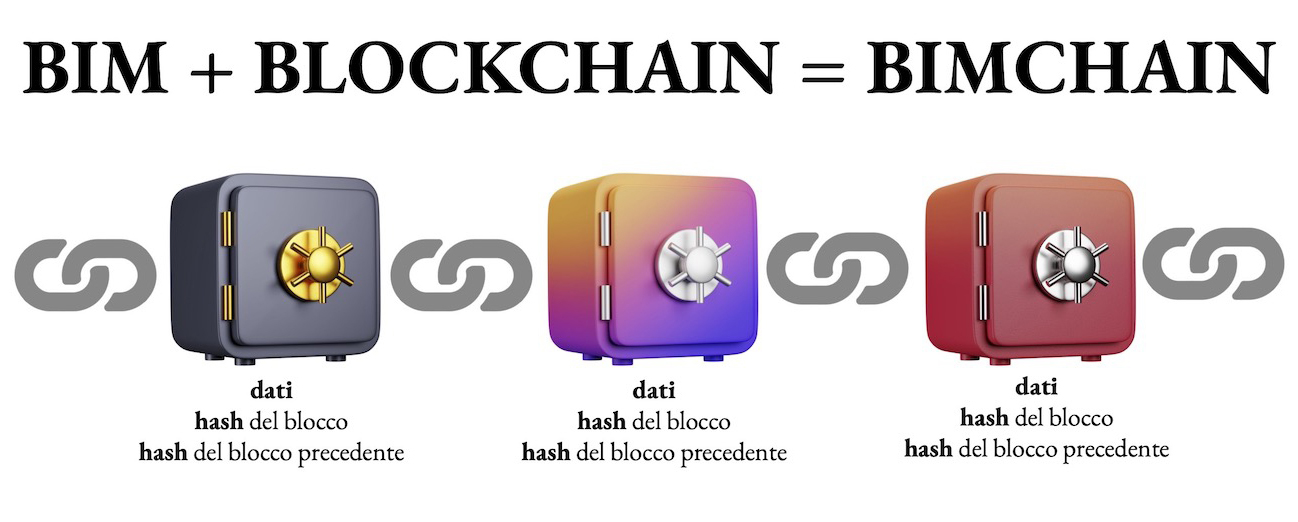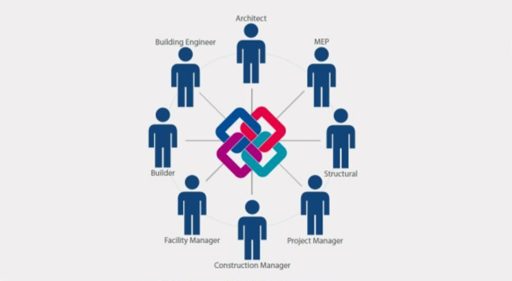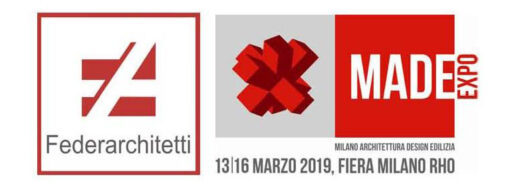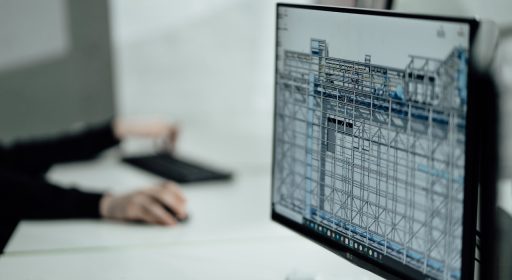BIM, Blockchain and BIMchain
How to insert certified data on the responsibility of the author and on the value attributed to the works in the BIM model.

The certified transparency of the blockchain within the BIM model monitors the responsibility of the professionals involved
Before getting into the topic, it is good to have a fairly clear idea of what a blockchain is and what it is for, which literally translates to block chain. These blocks obviously contain information and are linked together in chronological order. Their content is written according to well-defined validation procedures and once a block is written, it is neither editable nor erasable, plus it is encrypted. Basically every block becomes secure and immutable, so the blockchain becomes a shareable and secure data structure.
Sharing and security are two keywords to understand the meaning of blockchains, another is distributed archive (Distributed Ledger), because the system was created not to be centralized by recognized authorities responsible for this purpose.
So a blockchain is an alternative to databases and centralized registers within public administrations, banks, insurance companies, etc. and by virtue of its structure it is safe, reliable, transparent, as well as competitive in terms of costs. The blockchain is an open and distributed digital ledger for storing blocks of data in a secure, verifiable and permanent way.
The retroactive modification of a block also involves the modification of all subsequent blocks and this, depending on the protocol and the validation scheme, would require a quantity of authorizations which makes the operation almost impossible.
The first blockchain was born in 2008 to record all transactions in Bitcoin and then it also evolved in the direction of fully tracking the production processes of a product.
Here we are already beginning to understand that there may be some link with BIM and it is not the possibility of paying a designer in Bitcoin, which remains a plausible option, but of little interest in this context.
The blockchain from art to architecture
NFTs (non-fungible tokens), the non-fungible tokens used in digital art, also rely on blockchain to provide evidence of uniqueness, authenticity and digital ownership, against the possibility of unauthorized reproduction and distribution of something that only exists in the web, but can still be resold while remaining distinguishable from any other copy, thanks to encrypted codes and the artist’s signature. While bitcoins are fungible, i.e. any two tokens are interchangeable as much as two physical banknotes, NFTs are born to be unique, which is why they are suitable for exchanges and purchases of digital art, or designer clothing for video game avatars. Hence also the denomination of Crypto Art which in a certain sense creates limited editions of otherwise easily reproducible files with NFTs.
In architecture, the problem of reproducibility of the digital work is certainly not felt as it is for Crypto Art and perhaps a similar question cannot even be asked. This does not prevent similar technologies from being good for different purposes.
The collaborative interoperability inherent in BIM raises issues of traceable responsibility for the actors involved in the process.
Given that the BIM approach is aimed at collaboration between multiple professionals and interoperability between multiple software involved in a design, construction, or facility management process, if you certify that Tizio and not Caio did something, it goes from if then the responsibility falls on Tizio and not on Caio, even if Caio’s actions are not correct, because it is based on incorrect data provided by Tizio. But not only that, the intellectual property, know-how and privacy of both Tizio and Caio can also be protected, without resorting to a notary each time, or in any case to a third party who certifies every single data, document, or content.
Within a complex BIM process, transparency and trust between project participants, as well as the security and traceability of the actions and IT documents exchanged, can only offer greater guarantees of success.
At this point it is a matter of validating and notarizing some data flows to define in an unappealable way who is the author, owner, manager, etc. These are various types of documents (IFC models or in proprietary format, .pdf documents relating to contracts, or other specifications, etc.) that can be uploaded to the chosen blockchain platform. Mainly the most used platforms are Bitcoin, Ethereum and Hyperledger. Thus, combining the two terms leads to the BIMchain, in which the validated documents maintain a connection with the BIM model.
But we can go even further. The reference is to Social Innovation, urban regeneration and what in the construction sector brings value to the community. Therefore it is possible to validate quality, more or less shared design and financial choices and with a varied active participation in the projects and in the operation of the artifacts by the population.
All this would flow into a BIMchain that could lead to models to also define the economic value of urban regeneration according to the groups of people who are interested in it, or take part in it, that is, who are stakeholders. All this would revolutionize the way of defining public investments, with greater attention to the effects quantified in the running time of a work and therefore to the benefits to the community that is interested in that work, or is affected by that work.
A project can be of quality, carried out on time and with precise costs foreseen in the BIM model, as well as managed and maintained throughout its life span, but how much is it worth? The design cost is small compared to the construction cost, which in turn is small compared to the operating cost throughout the life of the building. If you could enter data on the quality of management, the interest of the community in the work, on virtuous behavior that can be triggered, then you could have more interesting tools for measuring the value of the work over time. One would almost analytically go beyond the idea of value of an artifact in terms of the cost of construction, construction, marketing, to also examine the economic value that its use unfolds over time. The BIMchain can therefore be the way to take into account all those actions that deploy value and that at the moment the designers, but also the rest of the building production chain, are struggling to account, although it is unavoidable that they gravitate around the work that is realized.
Analyzing and coordinating this participatory information in advance, so that they themselves become the object of the urban regeneration intervention, can ensure that the “physical” cost of the work takes on a different, lower weight. BIM becomes the link of blockchain information, it notarizes more or less virtuous paths linked to use over time, so that the global scenario in which a work is inserted is also modified.
This was explained by prof. Marcello Balzani – Full Professor at the Department of Architecture of the University of Ferrara – president of CLUST-ER Build Building and Construction – in this interview.
In the end it is a bit like saying: “There is a virus that causes a pandemic, we need research and then vaccinating”. If we stop there, we are faced with a cost, necessary, but it is a cost. If you add: “otherwise we will have deaths, collapsing hospitals and lockdowns that will produce far more devastating economic effects”, then vaccines are an excellent investment. Better could be done only with a magic that eliminates the virus even before it occurs. The same applies to bonuses for anti-seismic interventions that can limit damage at the time of the earthquake, energy bonuses that give lower consumption and less dependence on foreign and non-renewable energy sources. Similarly, albeit in a lesser form and perhaps less easy to quantify, it is possible to design works that bring improvements in the life and daily life of those who use them, which would then be nothing more than the reason why they are done, a reason that is difficult to quantify. and put investments and relapses on the plate.






































































